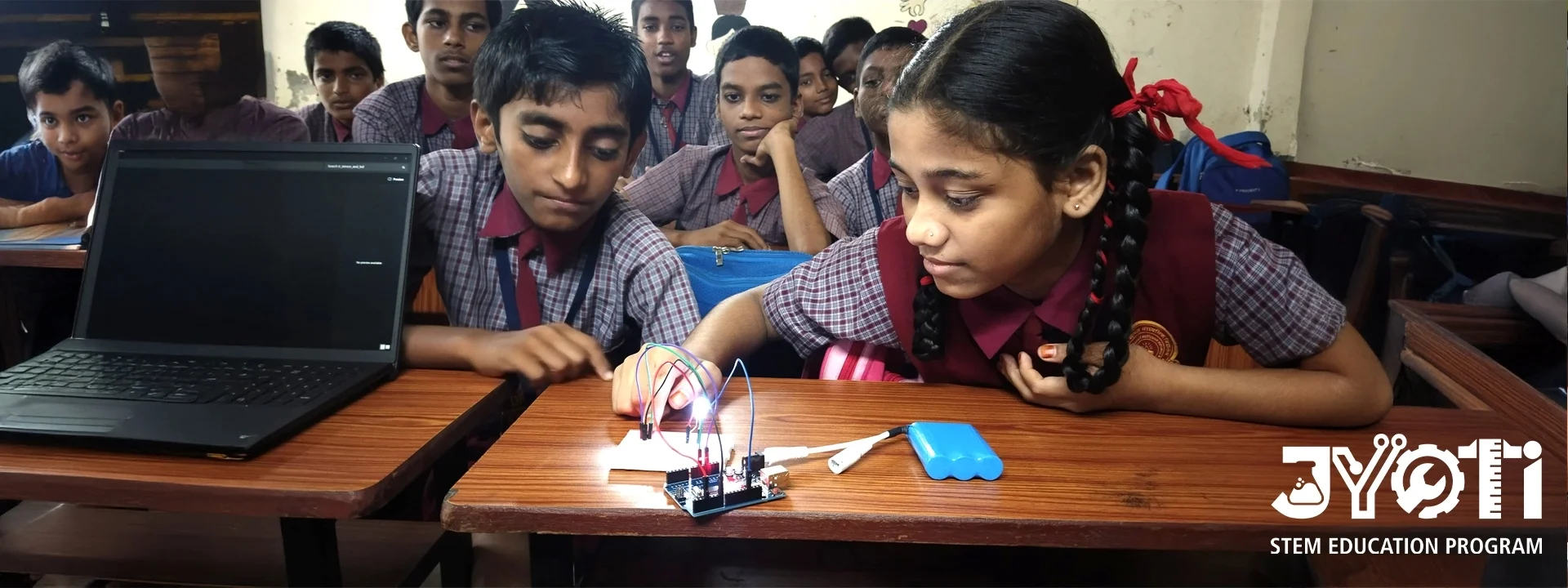- Sustainability
- People
- Jyoti
STEM (Science, Technology, Engineering and Mathematics) has become a buzzword in the Education space over the past few years, owing to rapid advancements in this field. The number of STEM jobs are growing at a fast pace; according to the National Science Foundation, it is predicted that 80% of the jobs created in the next decade will require some form of math and science skills. However, despite having top-quality talent in India, an exam-focused education model limits students when it comes to Innovation, Problem-solving and Creativity. STEM Education comes in to fill this gap.
L&T’s focus on harnessing innovation and technology-driven solutions to address social needs was the spark that initiated our flagship STEM Education Programme ‘Engineering Futures’ - the programme aimed to create and expand opportunities for all children to access the kind of STEM education that will enable them to navigate and lead in this technology-driven era. To operationalise and implement this project, L&T’s CSR teams collaborated with the American India Foundation (AIF) and Navnirmiti Eduquality Foundation.
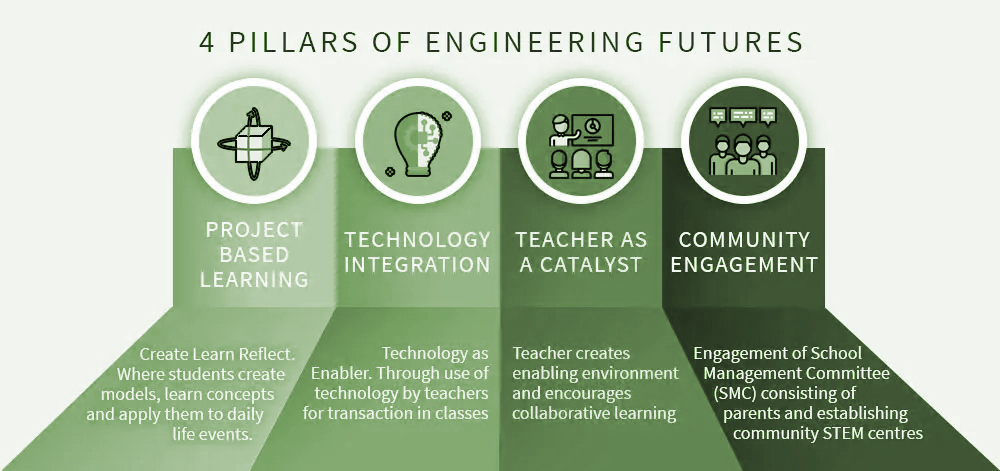
The Engineering Futures Programme helped to bridge learning gaps among students in grades 6 to 8 across government schools in Gujarat, Tamil Nadu, and Mumbai. The programme’s primary objective is to implement activity-based learning (ABL) pedagogies in classrooms, with teachers playing a pivotal role in its success.
THE PROGRAMME
which began in 2019 - evolved into JYOTI and has today expanded its reach to multiple cities including Coimbatore, Chennai, Surat, Vadodara, Mumbai, and Talegaon. As of 2024, the programme has reached 205 schools, benefitted 38,589 students, and involved 685 teachers. For the phase from 2021 to 2022, a detailed impact study conducted in 2023-24 in collaboration with AIF highlighted several key outcomes:
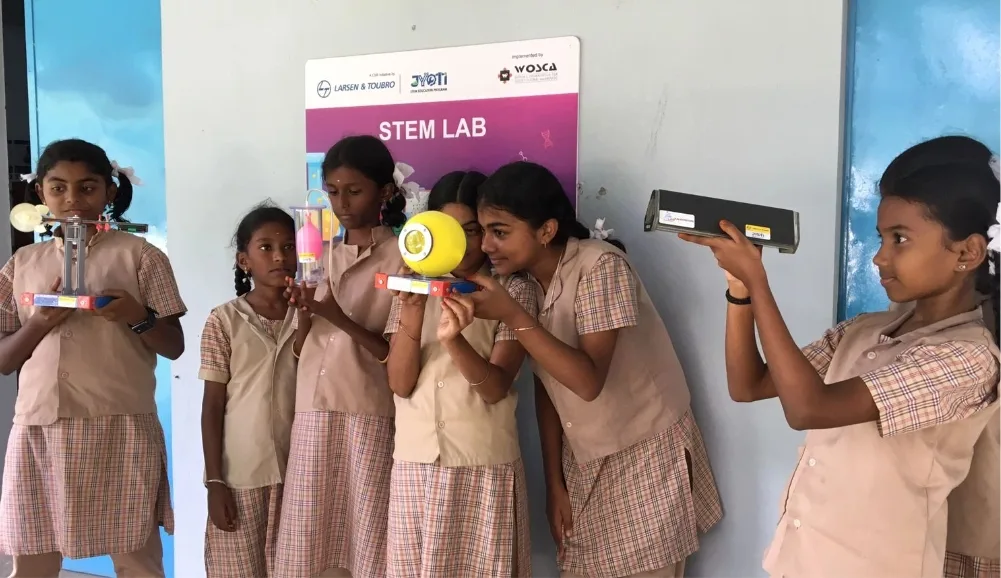
A significant 92% of students reported feeling confident in asking questions and participating in discussions within their classrooms. This indicates an improvement in students' academic confidence and engagement.
These findings underscore the programme’s positive impact on students’ academic confidence, practical skills development, and overall engagement in STEM education. By fostering a culture of innovation and hands-on learning, JYOTI continues to empower students and educators alike, preparing them for future challenges in an increasingly technology-driven world.
Key components of the programme:
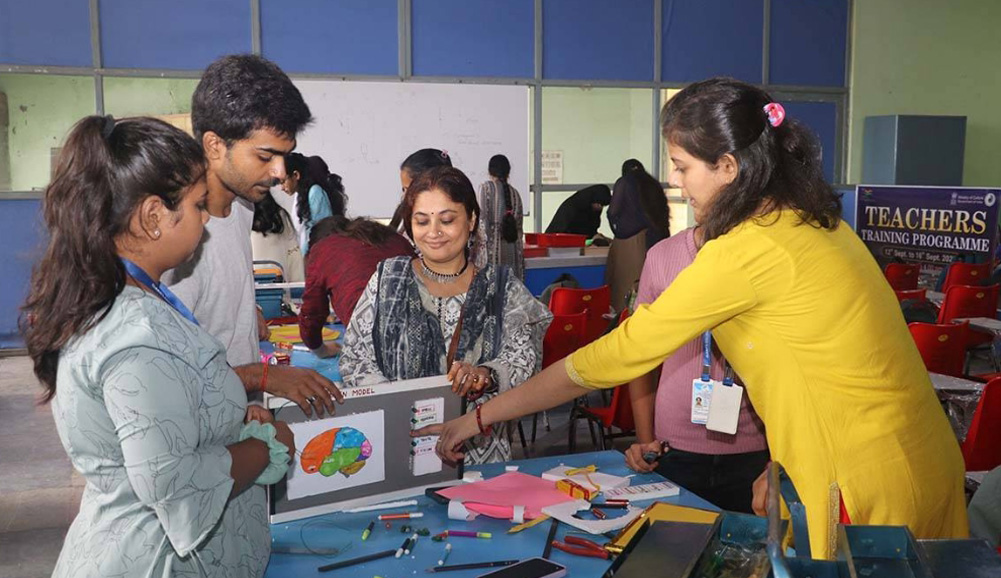
Government Teachers Training Programme
Comprehensive training to government teachers, equipping them with a deep understanding of STEM pedagogy and effective methods of implementing ABL in classrooms.
Teachers Showcase Event
A platform where teachers can innovate and develop STEM or entrepreneurial prototypes. This event allows them to present creative solutions to local challenges, fostering an environment of innovation within the educational framework.
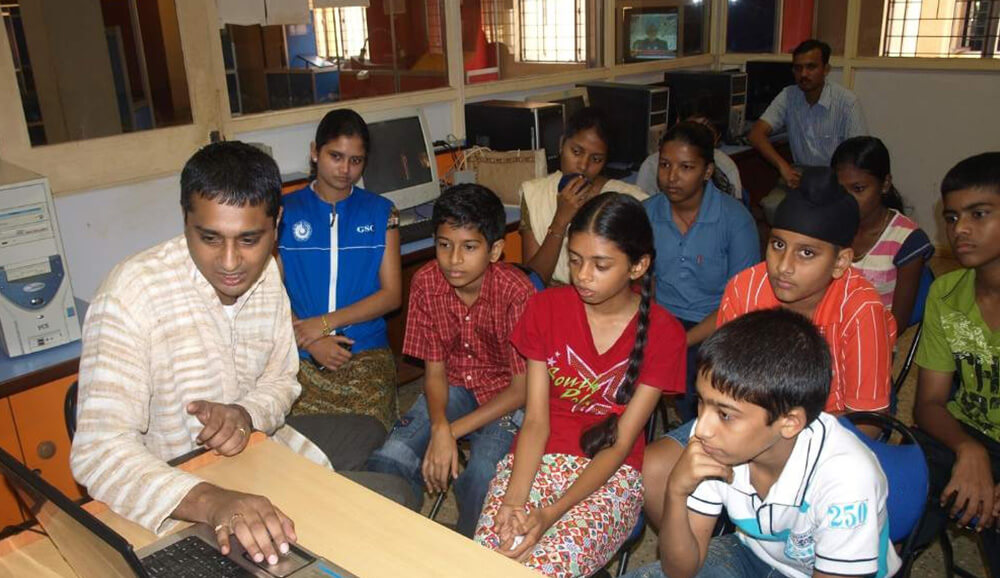
Activity-Based Learning for Students
ABL sessions are designed to enhance students' understanding of science and math concepts through engaging group activities. These sessions utilize STEM Teaching-Learning Materials (TLM) and are facilitated by trained science and math teachers.
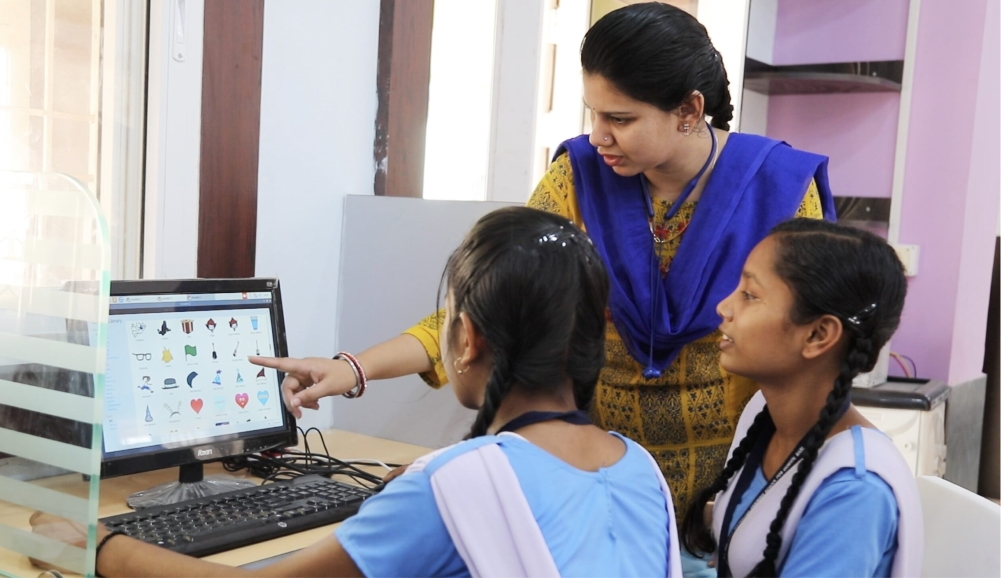
Young Entrepreneurs Bootcamp and Finale
An opportunity for students to showcase entrepreneurial solutions to real-world problems they encounter. This bootcamp nurtures students' entrepreneurial spirit and encourages them to think critically and innovatively.
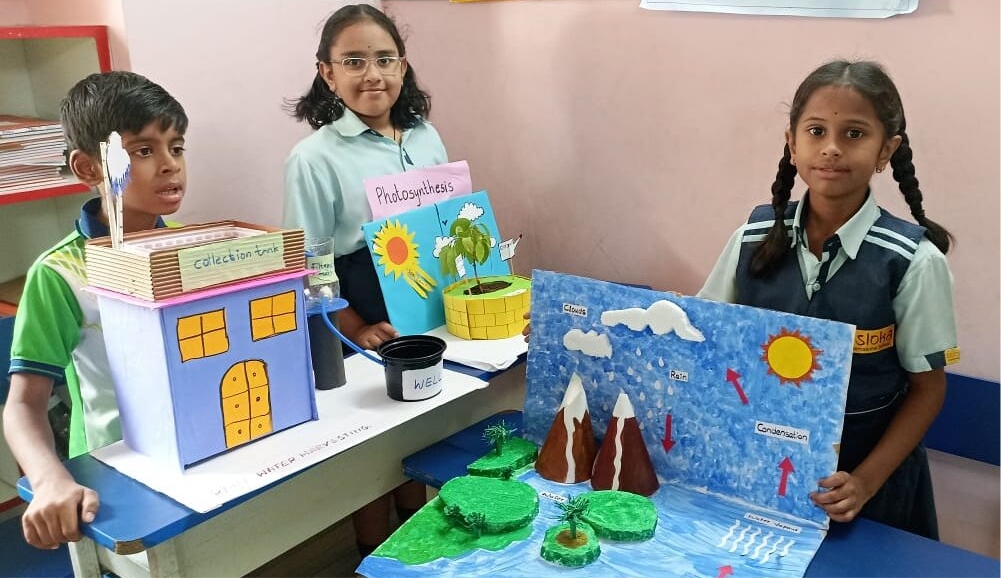
National, State, and District Level Science Fairs
Following hands-on STEM model making sessions, students are prepared to exhibit their innovations on larger platforms. These fairs provide students with valuable exposure, boosting their confidence and morale as they compete with peers and gain recognition in the STEM fields.
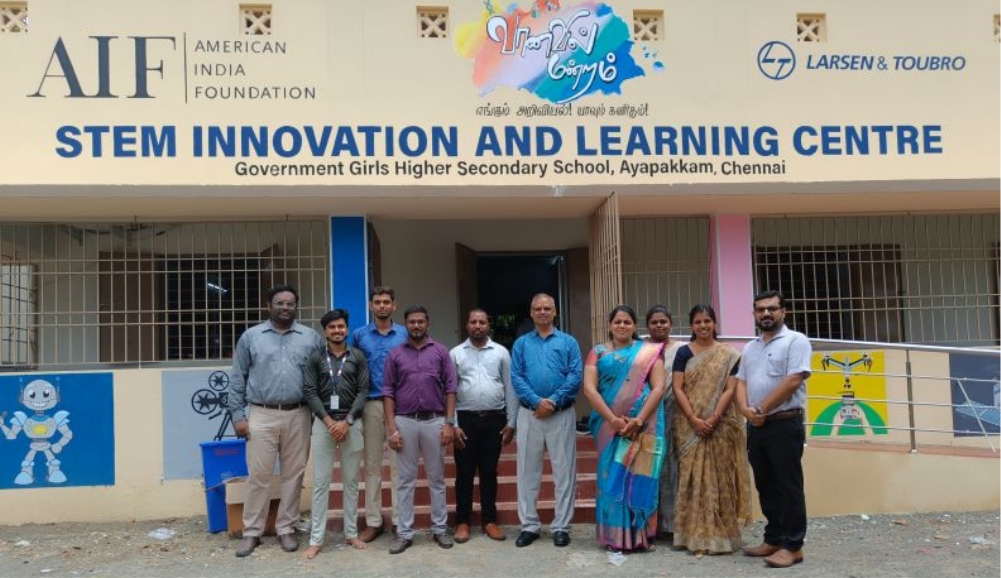
STEM Innovation and Learning Centre (SILC)
An initiative that focuses on supporting these students to upgrade them to the next level of exposure. This Centre acts as a trans-disciplinary method of learning, using concepts and practices from the four core disciplines of Science, Technology, Engineering, and Mathematics, and is designed to be a one-stop solution for STEM among students and teachers. It trains the STEM club students and the students from project schools to experiment and develop projects aligned with robotics and space kits. The teachers are engaged in developing Edu-Reels, short and crisp videos, related to the subject-related curriculum for the students of 6-8 grades.

